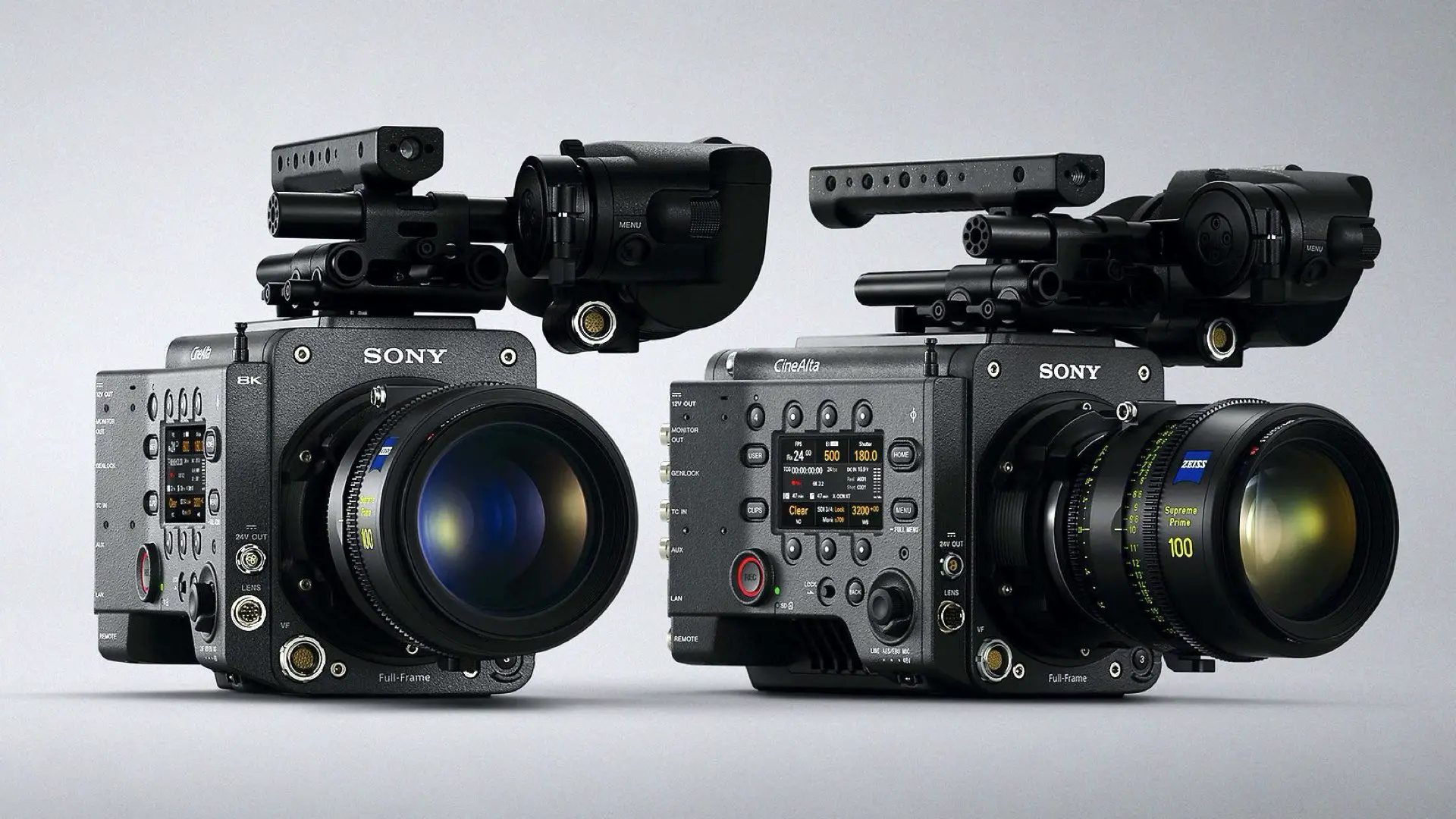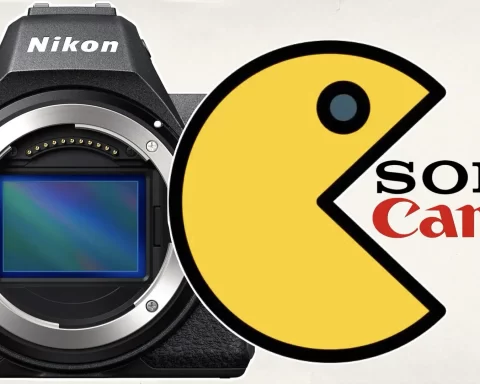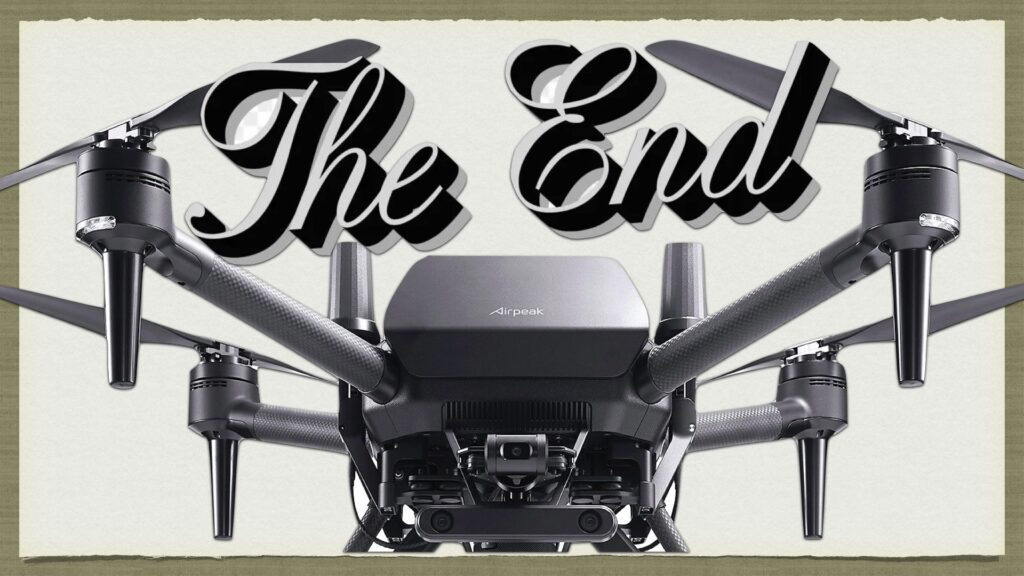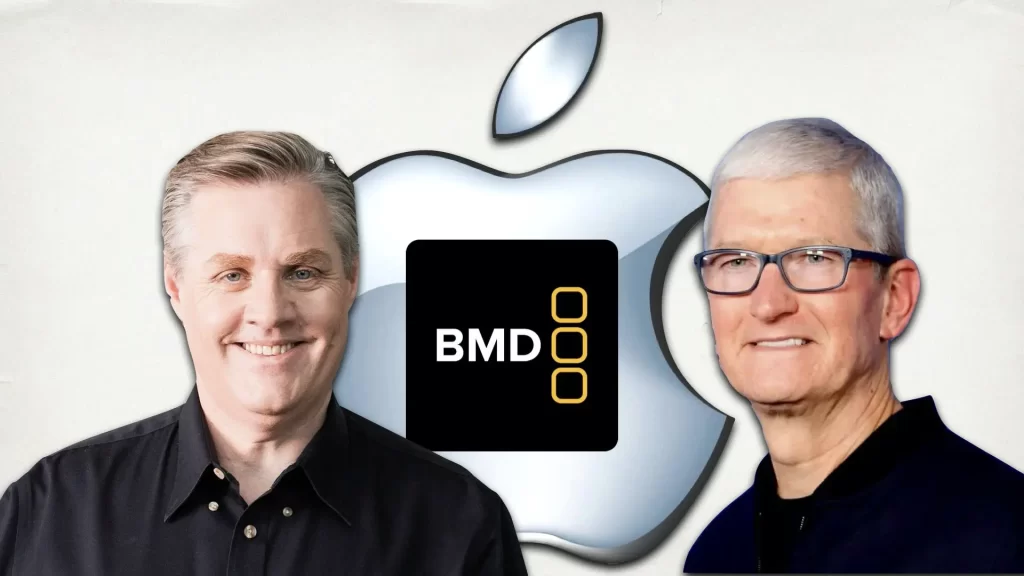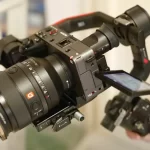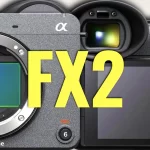Sony’s Cinema Line has become an icon in the world of digital cinema. It’s more than just a collection of cameras; it’s a philosophical commitment to empower creators and push the boundaries of what’s visually possible. From flagship cameras like the Venice 2 to innovative compact models like the FX3, the Cinema Line is a testament to Sony’s unique vision: merging cutting-edge technology with the art of storytelling. In this article, we’ll dive deep into the philosophy behind the Sony Cinema Line, its goals, and why it’s become a staple for filmmakers around the globe.
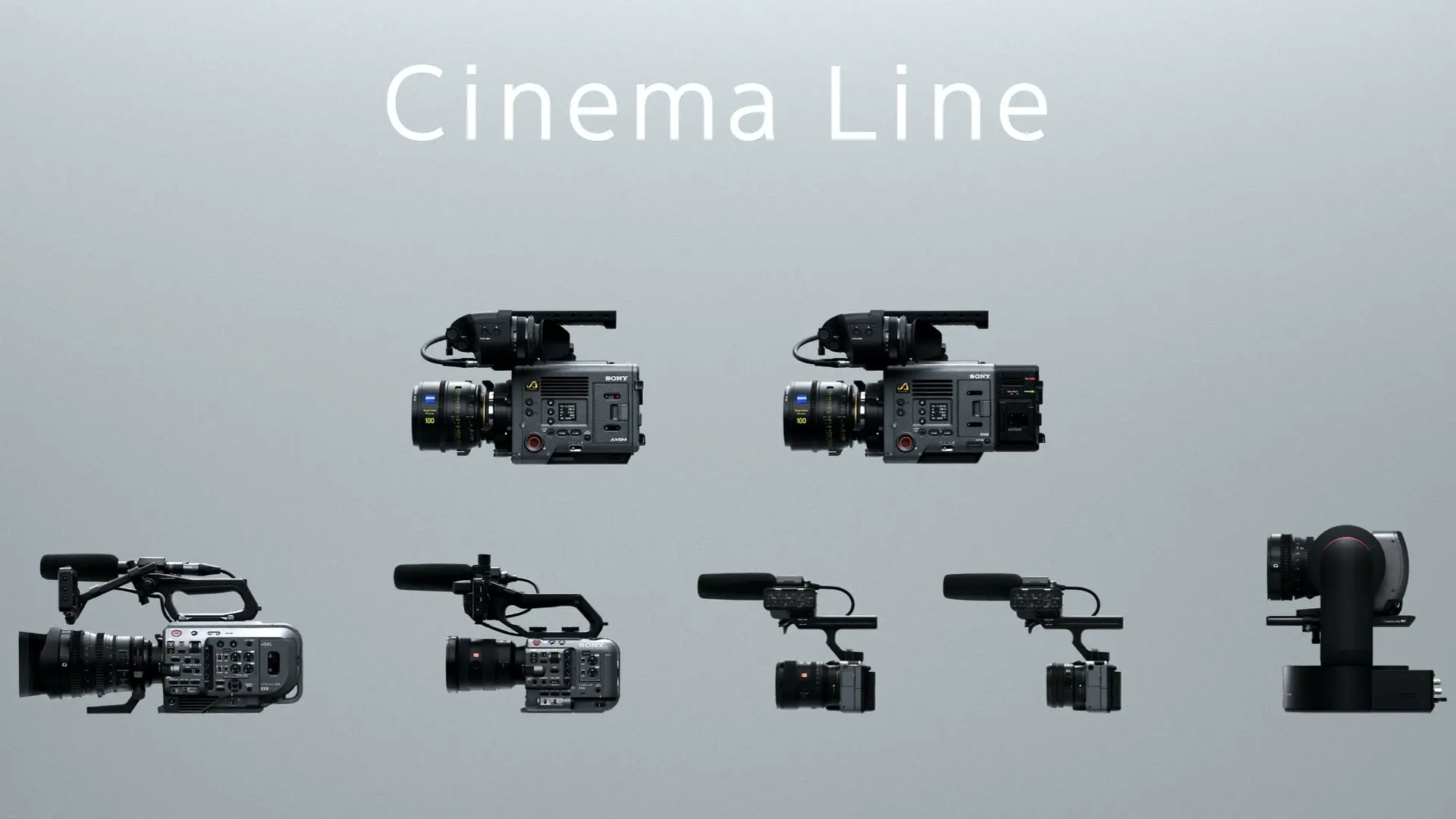
The Vision Behind the Cinema Line
Sony’s Cinema Line was born out of a desire to meet the evolving demands of modern filmmakers. As cinema moves increasingly toward digital formats, Sony’s mission is to provide professionals with powerful, flexible tools that don’t compromise on quality or creativity. In essence, Sony’s philosophy is about giving creators the best of both worlds: advanced digital technology with an intuitive design that adapts to their creative process. Each camera in Sony’s Cinema Line embodies this vision, and the diversity of the lineup reflects Sony’s intent to serve a wide range of production needs. From the VENICE 2, a camera that has become a mainstay in big-budget productions, to the portable FX6 designed for smaller, agile projects, Sony is making cinematic technology more accessible. This accessibility and versatility lie at the core of the Cinema Line’s philosophy.

Innovation and Evolution
Sony’s dedication to innovation is reflected in its commitment to enhancing the Cinema Line with firmware updates. The recent firmware roadmap for Sony’s Cinema Line cameras exemplifies this approach, providing updates that elevate features across the board—whether it’s color science adjustments, codec options, or enhanced sensor performance. Sony is not just making cameras; they’re crafting instruments that evolve with the needs of filmmakers. Through these updates, the Cinema Line adapts to new demands in the industry, ensuring that users always have access to the latest tools without needing to purchase new hardware. This continuous improvement philosophy is what makes Sony’s Cinema Line a lasting investment and why it has become a trusted choice for high-end productions, independent filmmakers, and even live broadcasting.

A Tool for Every Type of Filmmaker
The Cinema Line is crafted to serve a diverse array of storytellers. Each model offers a unique set of features, catering to different cinematic styles, budgets, and production requirements. Let’s explore some of the standout models in the Cinema Line and their uses in real-world filmmaking.
- Sony VENICE 2: As Sony’s flagship 8.6K full-frame camera, the Venice 2 was designed for high-end cinematic productions. It offers stunning resolution and color depth, capturing images with unmatched clarity and detail. Recently, it’s become a favorite among blockbuster filmmakers for its dynamic range and advanced color science. Its power and versatility were recently highlighted in Sony Venice 2 Announced: A New 8.6K Full-Frame Cinema Flagship.
- Sony FX3: A small, portable powerhouse, the FX3 has redefined what a compact cinema camera can do. Its role in capturing entire IMAX projects, like The Creator, demonstrates its ability to bring cinema-grade quality to even the most physically demanding shoots. With its size, flexibility, and quality, the FX3 has set new standards for lightweight cinema cameras, especially in action-heavy productions.
- Sony BURANO and FR7: These newer additions to the Cinema Line bring a fresh approach to cinema and broadcasting. The Sony Burano & FX3 pairing and the Netflix-approved FR7 are transforming the landscape of high-quality live and remote-controlled shots, proving ideal for productions that require both control and cinematic quality.
Each camera in the Cinema Line offers unique features while embodying Sony’s core mission: empowering creators to capture the world with cinematic artistry.
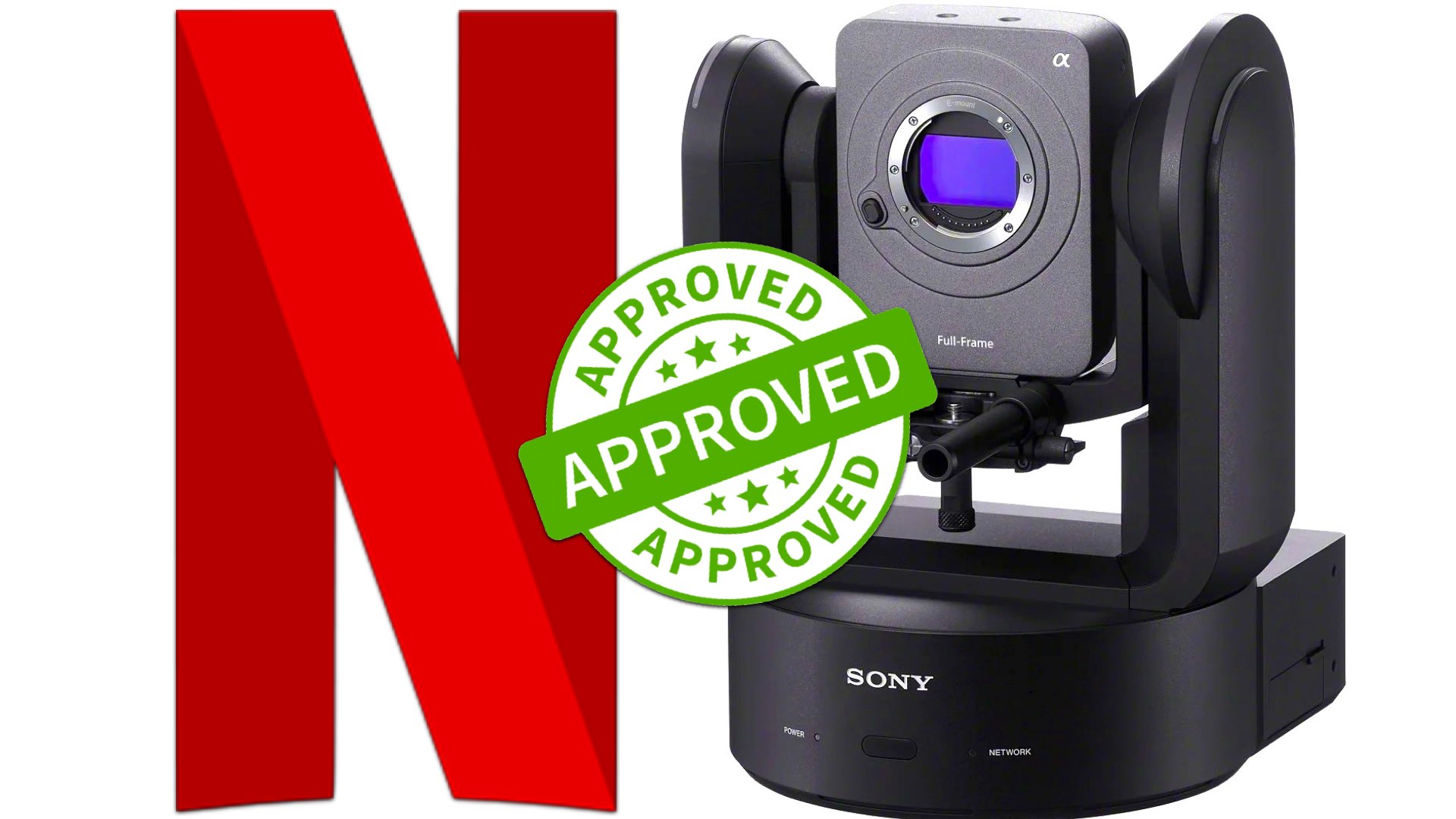
Real-World Impact
The Cinema Line isn’t just about specs—it’s about real-world impact. Each camera has proven itself in a variety of settings, showcasing the versatility and reliability that professionals expect from Sony. Here are some remarkable examples from YMCinema that illustrate Sony’s influence on modern filmmaking.
- The Orchestra of Cinema Cameras: One of the most fascinating uses of Sony’s Cinema Line was during the live shoot of an orchestra performance. An entire array of Sony cameras, including multiple Cinema Line models, was utilized to capture the energy and dynamism of the live show, each camera bringing its unique strengths to the table (An Orchestra of Cinema Cameras to Shoot an Orchestra Live Show).
- Formula 1 Teaser – Sony’s New Action Cinema Camera: A new unreleased camera was recently spotted on the set of a Formula 1 film, underscoring Sony’s focus on rugged, high-performance cameras suited to dynamic environments. This 6K action camera is rumored to bring a new level of quality to high-speed, high-impact sports filming (A New Action Sony 6K Cinema Camera Spotted at the Set of Upcoming Joseph Kosinski Formula 1 Film).
- Formula 1 Documentary: In another Formula 1 production, Sony’s compact 6K cameras were embedded inside a racing cockpit, capturing breathtaking footage from within the car. This ambitious setup illustrated Sony’s ability to provide cinematic quality even in confined, high-intensity settings (Four 6K Cinema Cameras Inside a Formula 1 Cockpit).
- Lethal Combination for Broadcasting: The pairing of the Sony VENICE 2 and BURANO models in live broadcasting has proven to be an extraordinary success. With these tools, high-end cinematic quality can now be integrated into live productions, setting a new standard for cinematic broadcasting (Sony Venice 2, Burano, & FR7: Lethal Combination for Cinematic Broadcasting).
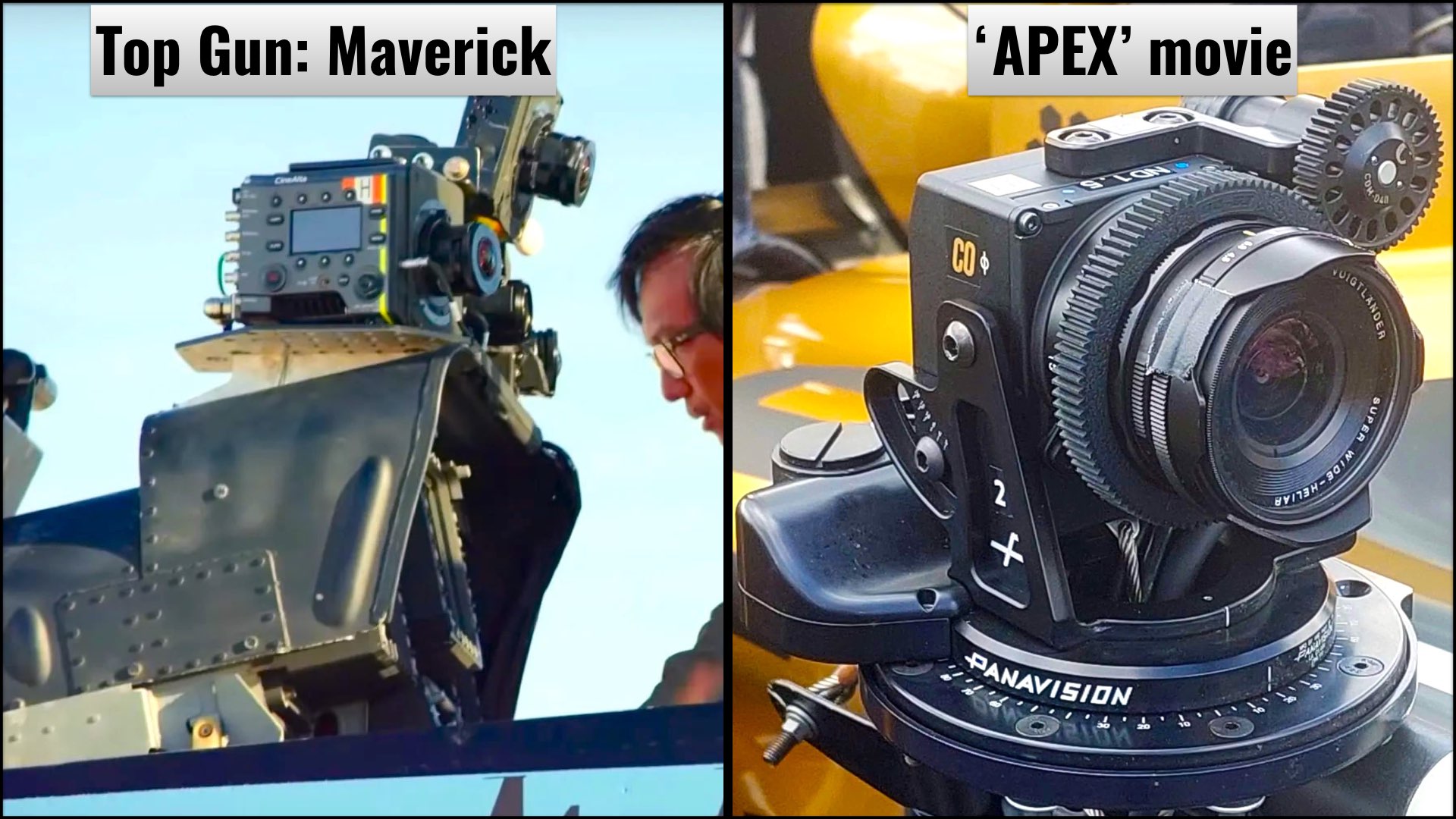
Mapping the Evolution of a Cinematic Legacy
For those new to Sony’s Cinema Line, The Sony Cinema Line Chart is a useful reference that showcases the lineup’s evolution over the years. The chart provides insights into the different features and target audiences for each camera, illustrating how Sony has steadily developed a family of cameras that cater to both specific and versatile filmmaking needs.
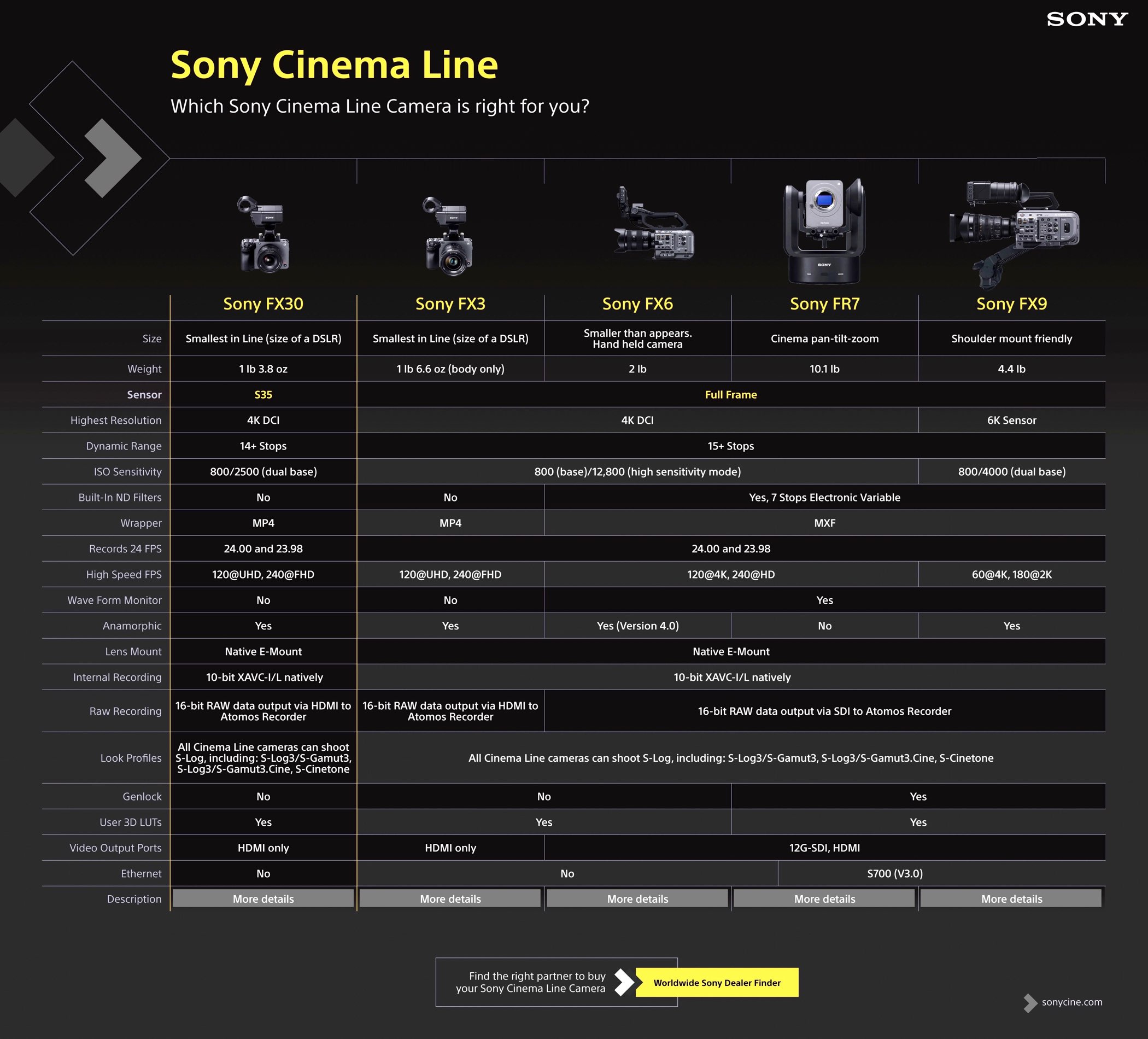
Sony’s Place Among Cinema Giants
In recent years, Sony’s Cinema Line has become a central player in the high-end camera industry. The FX3, in particular, has sparked discussions around its performance compared to the industry’s gold standard, the ARRI Alexa 65 (The Battle for the Credit: ARRI Alexa 65 vs Sony FX3). This rivalry underscores Sony’s meteoric rise and its drive to offer an alternative to the biggest names in cinema cameras. Meanwhile, Sony’s VENICE and FX6 cameras have become benchmarks in their respective fields, with features and design choices that make them competitive for Hollywood productions. The VENICE 2’s 8.6K sensor, for instance, offers unparalleled image quality, proving Sony’s dedication to staying at the forefront of cinema technology.
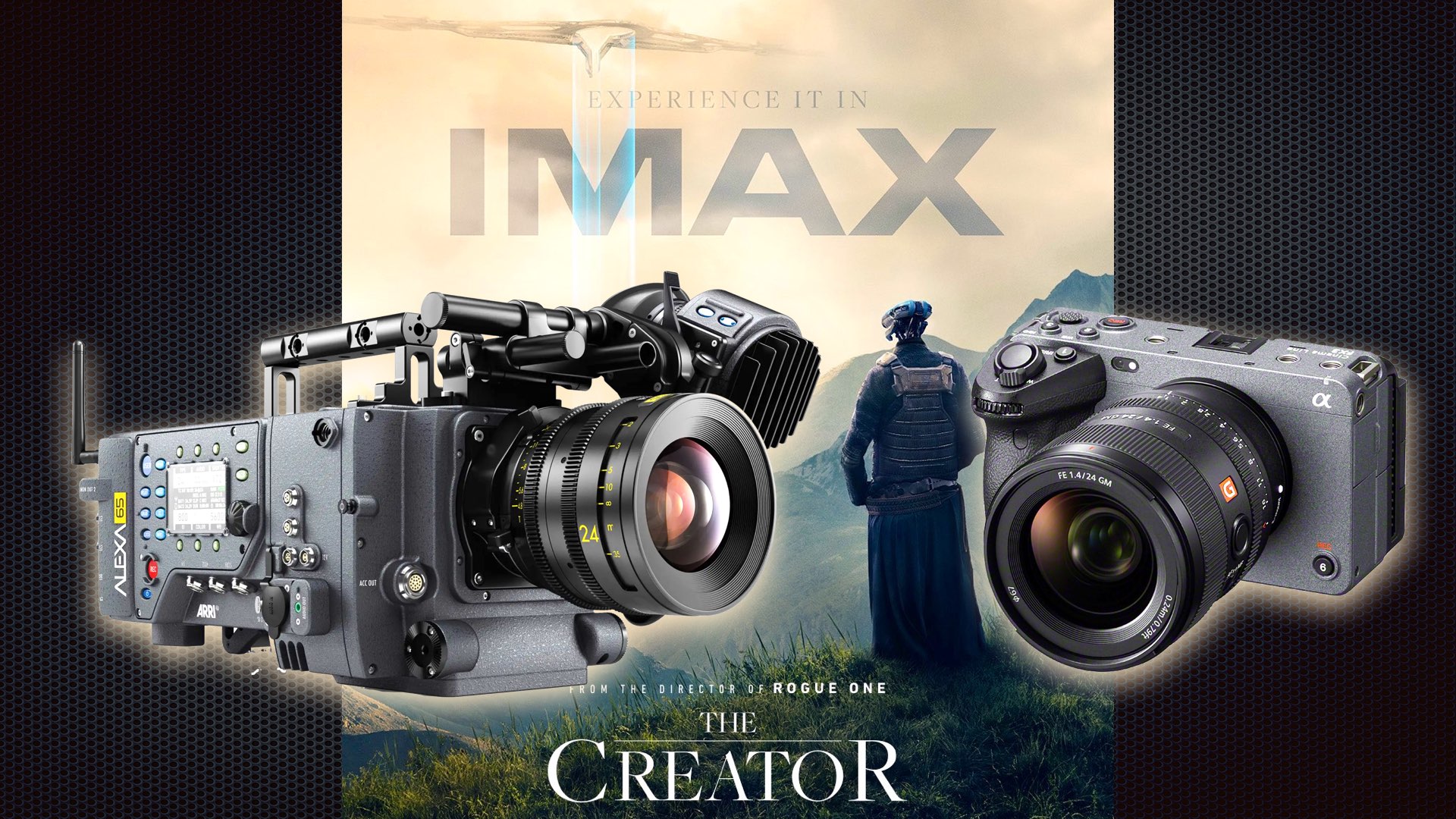
Medium-Format Possibilities?
Sony’s recent accomplishments have sparked curiosity about its next move. Many filmmakers wonder if Sony will venture into medium-format cinema cameras. Such an innovation would be a monumental leap in digital cinematography, potentially redefining what’s possible in cinematic visuals (Will Sony Ever Release a Medium Format Cinema Camera?).
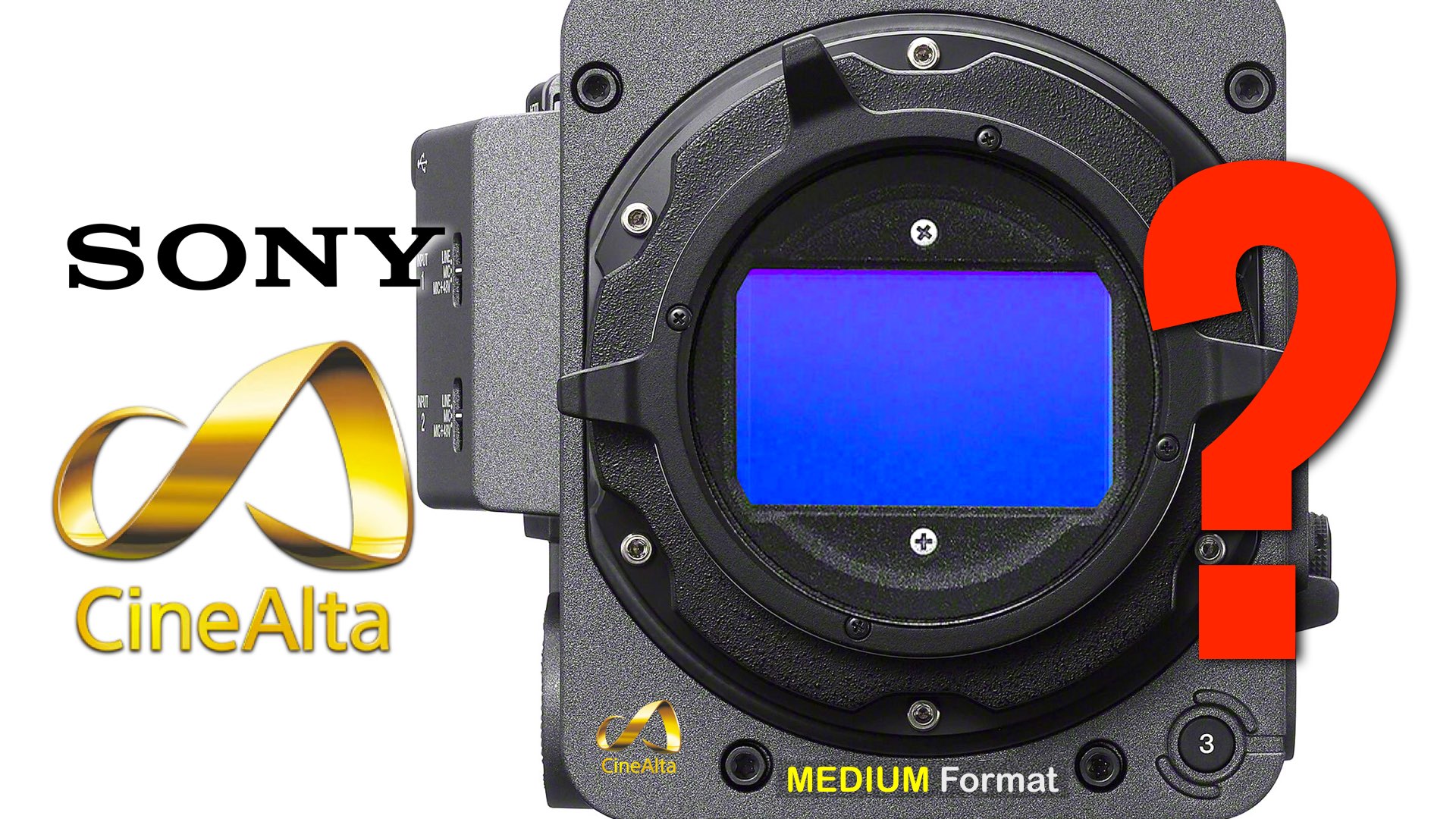
A Vision of Innovation Amid Changing Times
Sony’s Cinema Line captures the spirit of innovation, providing filmmakers with tools that push the boundaries of what’s possible. However, in a landscape of rapid technological shifts, Sony’s ambitious vision is not without challenges. The recent departure of Sony’s Airpeak drone from the market, as explored in “Sony Waves Goodbye to Airpeak: What Went Wrong with the Alpha Camera Drone”, highlights how even industry giants can struggle to anticipate all the needs of an evolving market. Airpeak’s withdrawal reflects the risks of diving into new tech territories without a robust, long-term strategy that accounts for the demands of creative professionals. At the same time, advancements like those in Sony’s latest Cinema Line firmware updates aim to equip filmmakers to navigate a future increasingly influenced by artificial intelligence and digital innovation, a topic at the heart of “Hollywood’s Future: How AI and New Technology Are Transforming the Industry”. With AI-driven tools reshaping workflows and influencing creative choices, Sony’s Cinema Line has to keep pace—not only by refining its cameras but also by addressing the ways AI and new tech may redefine the very role of these cameras on set.
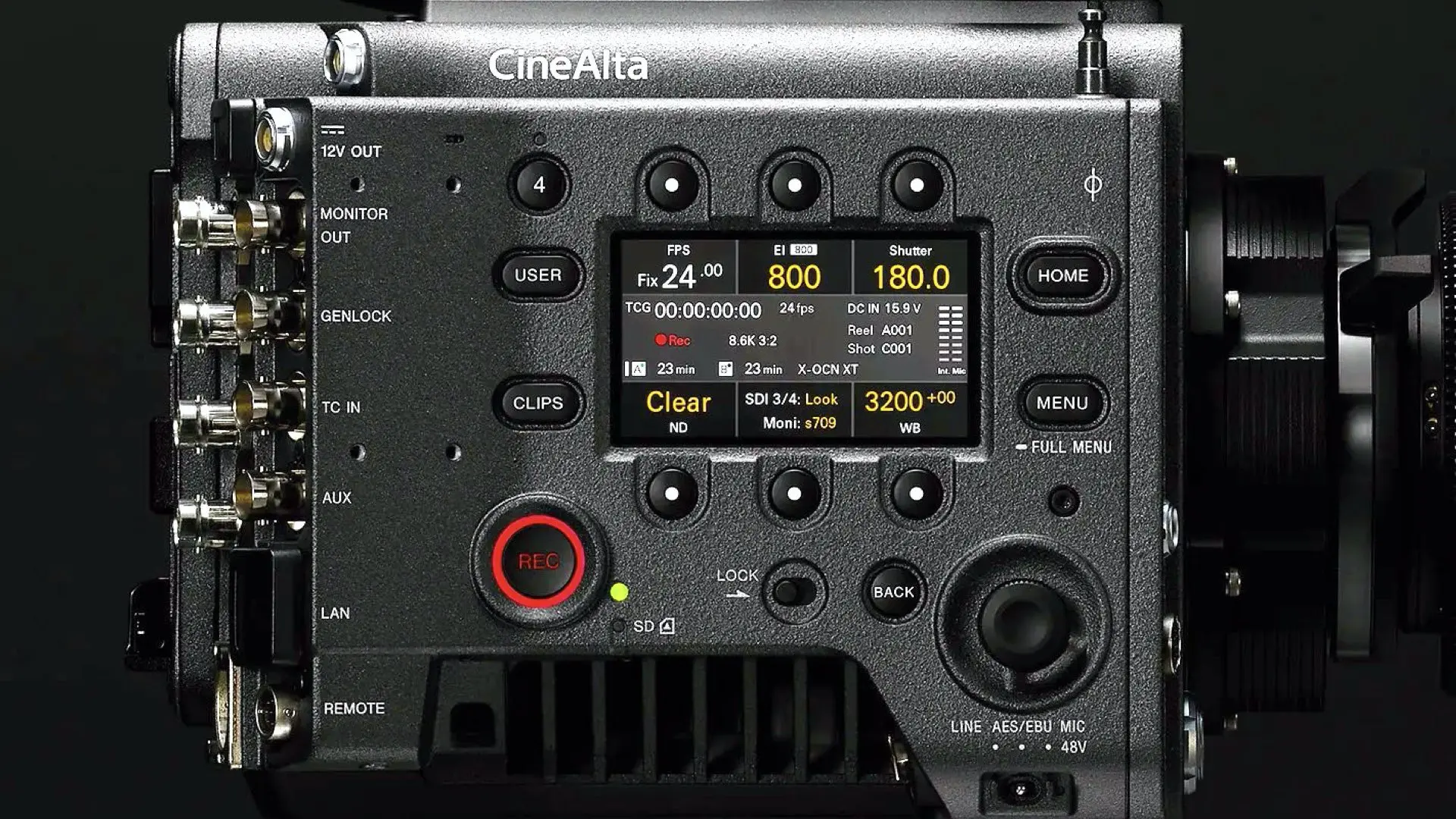
As Sony navigates these changes, its Cinema Line remains a symbol of ambition and adaptability, though not without areas for improvement. These advancements invite both excitement and caution, reminding us that while technology is vital, it’s ultimately the creative vision behind the camera that brings stories to life.

